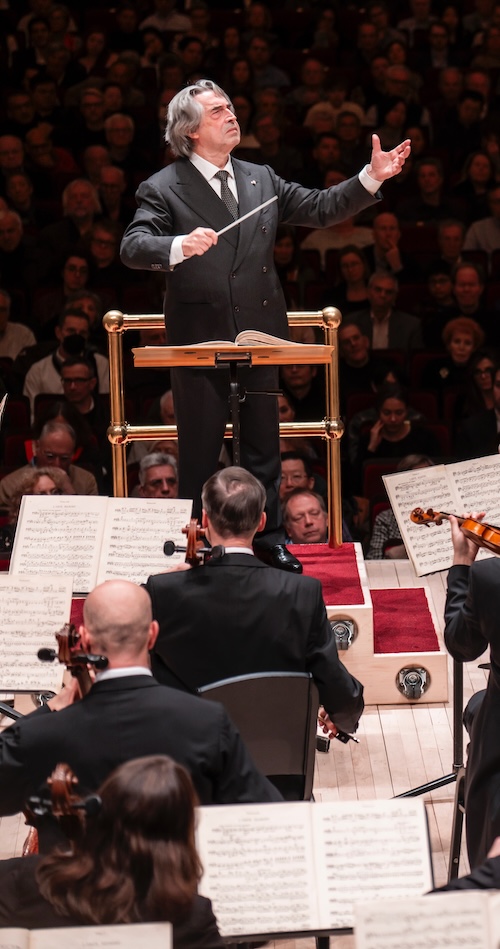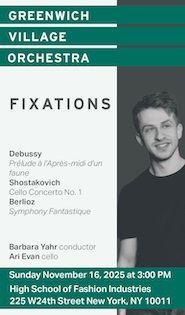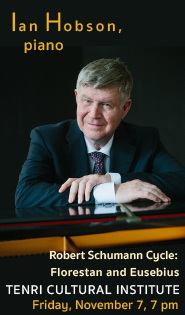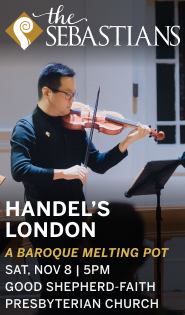Rarities shine, Schubert drags with Muti, Vienna Philharmonic

Greatness can be a burden, and Schubert’s Symphony No. 9, nicknamed the “Great,” seemed to labor under the weight of its reputation Saturday night, as Riccardo Muti led the Vienna Philharmonic in the second of three programs this weekend at Carnegie Hall.
The portentous handle seems to have originated simply as a way of distinguishing two Schubert symphonies: No. 6, the “little C major,” and No. 9, the “big C major.” Still, the case for Schubert’s Ninth as precedent for the symphonic ambition of Mahler and Bruckner, well made Saturday in Jack Sullivan’s program notes, is generally accepted.
But that doesn’t mean that one should conduct Schubert as if he were Bruckner, as Muti’s ponderous tempos suggested.
The performance also left one wondering whether there is a Viennese tradition of orchestral woodwinds sliding in on the back of the beat instead of speaking right on time. This section sounded a little casual for much of the evening, to a New Yorker’s ears at least.
Similarly, the first movement’s animating rhythmic cells, announced in the opening horn call—the “Schubert dactyl” (long, short-short) and the dotted rhythm—were often allowed to go out of focus as the movement went on.
The orchestra may also have become bogged down in the beauty of its own sound, a transparent yet rich blend of satin strings and plangent winds with a lively brass and double bass foundation. Plenty there to slow down for and admire, but it was a little jarring when the first movement’s exposition repeat jumped back to the original, faster tempo.
Whatever the reason, the magic of Schubert’s Ninth—the lyrical impulse unfolding naturally to “heavenly length”—remained earthbound for much of Saturday’s performance. At least the Andante con moto movement had the “motion” called for, with woodwind soloists in piquant dialogue on a cushion of bassoons and low brass. The swing of the Scherzo had wind players swaying in their seats as they answered the beefy assertions of the strings, although the large orchestra lumbered a bit in the tutti passages.
The dotted-rhythm call that opened the finale seemed to say “Come out and play!”—and the orchestra at last got the lead out and made it happen, Allegro vivace. Cleverly blended textures allowed the movement’s four-note motto to slip in almost undetected, only to boom out gloriously later. Meanwhile, an intoxicating mix of flickering strings and exuberant brass drove the symphony to its airy but unquestionably “great” conclusion.
This slow-starting but eventually rewarding Schubert experience was preceded on the program by two rarely-heard items: Contemplazione, composed in 1878 by Alfredo Catalani, and Stravinsky’s Divertimento from Le baiser de la fée.
Catalani’s title suggests a serene, tidy melody à la Massenet’s “Meditation,” but what one heard instead was a Wagnerian line that grew steadily in the violins, first over pulsing low winds and horns, then in a long orchestral crescendo to a brass-reinforced climax. Muti and his players surrounded the melody with constantly shifting colors and textures that moved through space like a cloud.
Stravinsky in his neoclassical period didn’t do clouds, especially in sharply defined ballet scores like Le baiser. But this ballet was composed as a tribute to Tchaikovsky, and used the atmosphere of that composer’s actual songs and piano pieces, albeit Stravinskyized.
The Divertimento’s opening “Sinfonia” derived from the ballet’s storm scene, with very Tchaikovskyan use of winds (especially piccolo) jostling with strutting rhythms and bitonal harmonies out of Petrushka. “Danses suisses” transformed a circus march into a lively waltz tossed between horns and winds. The brief “Scherzo” danced through fleeting visions of skittering strings, and was gone.
An elaborate “Pas de deux” from the ballet’s romantic-horror climax closed the suite, beginning with a lonely cello solo with harp, a flute cadenza, a romantic clarinet solo, and a sudden warm swell of the full orchestra. The up-tempo part of the dance featured oom-pah brass and robust string chords, the orchestra’s sections trading ripostes as Tchaikovsky liked to make them do.
Through all of this, Muti and the Vienna Players maintained the precarious balance between Tchaikovsky’s romantic glitter and Stravinsky’s ironic modernism. This stylistic tour de force promised great things for Schubert’s breakthrough symphony, but that wasn’t to be.
The Vienna Philharmonic conducted by Riccardo Muti performs symphonies by Mozart and Dvořák at Carnegie Hall 2 p.m. Sunday. carnegiehall.org






